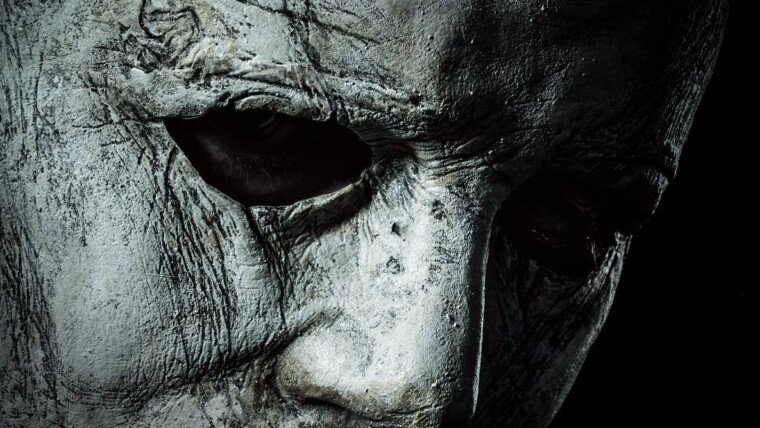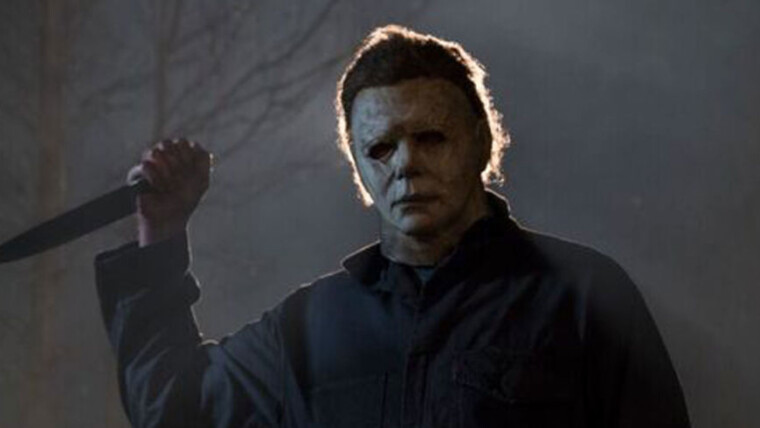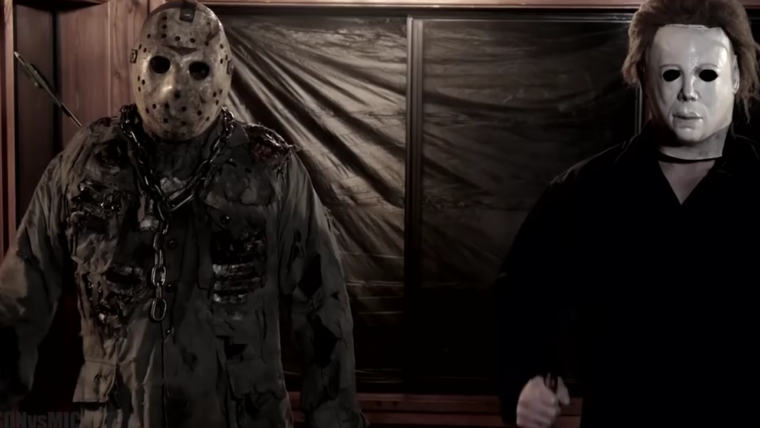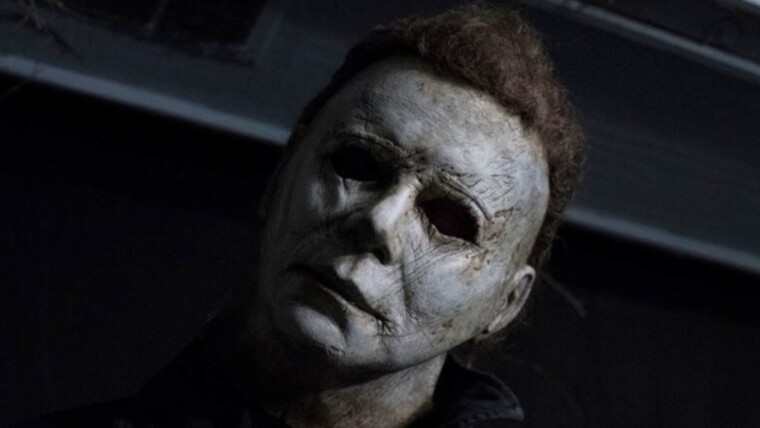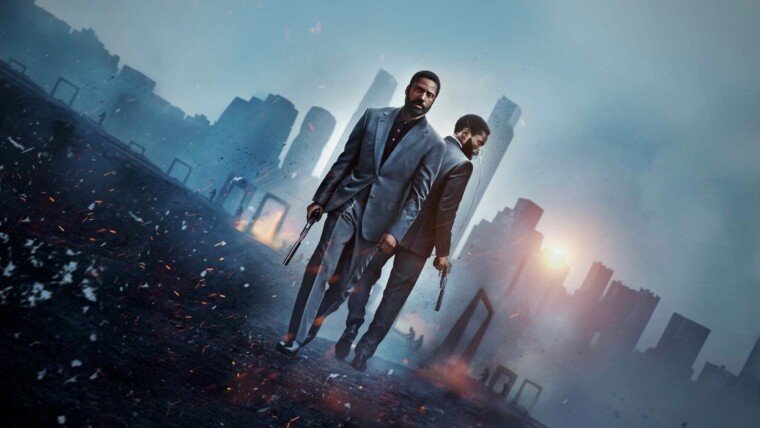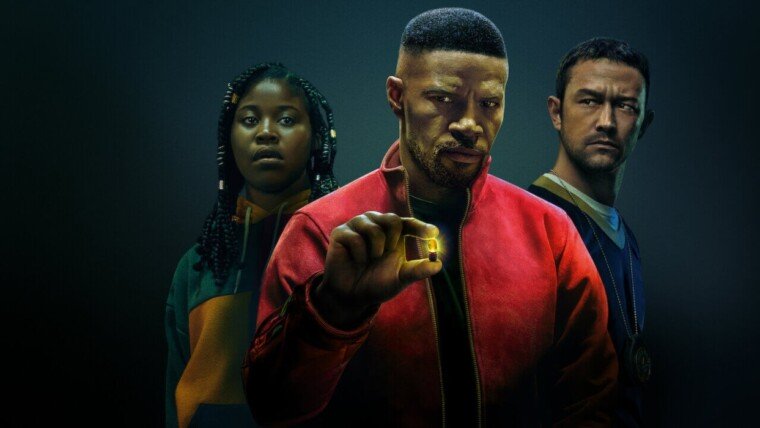Here’s the thing about slashers. They do nothing for me. Never have. I’ve been lectured far too many times on the inventiveness of A Nightmare on Elm Street, the excitingness of Friday the 13th and the mercilessness of Halloween. I’ve been told that they’re “classics” and have read countless articles on how they “reinvented the game.” And I understand, I understand the appeal of these films and appreciate how they forever altered horror cinema, for better or worse.
But unfortunately, none of these films (including John Carpenter’s original Halloween, which I dig the most out of the three) has ever really stuck with me to the degree that I would consider myself a fan. I’ve only watched them a couple of times on TV, never indulged in fan theories and never curled my fists in passionate fury and punched a hole in my wall everytime a ridiculously titled, should’ve-been-straight-to-DVD sequel gets a big screen release — seriously, Halloween H20: 20 Years Later? So I walked into this new Halloween film with no baggage or expectations.
But I was curious.
Halloween (2018) is, after all, a retcon. It continues the story of John Carpenter’s original while flushing the rest of this franchise’s sorry excuses for movies down the toilet. “But, but, what about Halloween II?” you ask. Oops, there it goes down the shit-filled sewer. Sayonara! In retrospect, it was a good move by the folks at Blumhouse and Miramax, because buddy, Halloween (2018) is a very good time at the cinemas. Who would’ve thought that the dude who made Pineapple Express (yeah! That Seth Rogen comedy), David Gordon Green, is exactly what this film and its franchise needed?
Look, this film isn’t as unforgiving with its thrills as the original. It probably will not make you dread going to the toilet alone late at night to take a leak. It sure as hell didn’t make me anxiously look over my shoulders as I walked towards my car after buying myself a midnight snack at a neighbourhood petrol station. But it does enough to keep you on edge while you’re watching.
It also understands the importance of having likeable characters. Far too often, these slasher flicks fail at that fundamental level. The characters are always so annoying and frustratingly stupid, that you start to root for the monstrous mass murderer, effectively taking away the ‘scare’ factor from the film — you’re not hiding behind your hands, watching the film through the slits in between your fingers, rather with a smile on your face, eager to see the next sexually charged 16-year-old dimwit receive a screwdriver through his neck.

Here, we have a fully fleshed out, well written (David Gordon Green, Danny McBride and Jeff Fradley held the pen) character in Laurie Strode (played by Jamie Lee Curtis channelling her inner Sarah Connor). The traumatic events of the original Halloween changed Laurie from an innocent young girl into a paranoid, resilient, singularly focused woman. For years, she trained, prepared and turned her ranch house into a fortress cum giant trap, awaiting the impending return of Michael Myers. She even forced this lifestyle and mentality upon her young daughter, robbing her of her childhood.
Her daughter (who was then taken away from her by Child Protective Services and grows up into Judy Greer’s character, Karen) has a daughter of her own. Laurie’s military methods and PTSD drove a wedge through her family, so much so that Karen doesn’t allow her daughter to hang out with Laurie. Laurie’s weaknesses and strengths, her unmatched mental fortitude and insecurities, and sheer fucking badassery make her a very likeable character. We root for her through and through. We want her to survive and more importantly, we hope that at the end of the movie, she stands over Michael’s limp body and plants seven rounds through his skull.

But rooting for a protagonist isn’t enough. For a film like this to succeed, we need a strong villain to root against. And it is here, where director David Gordon Green really shines. It’s obvious that he’s not just a fan but a student of John Carpenter’s original. While the string of Halloween sequels were hell-bent on revealing more and more about Michael Myers, each backstory more ludicrous than what came before (remember when Michael was suddenly Laurie’s sister? Or what about that time where Michael had a niece?), this film understands that what makes Michael a truly haunting entity is the lack of information about the character — the air of mystery that surrounds him. In the original, all we learn about the character is that he first killed someone when he was six and that his psychiatrist “spent eight years trying to reach him and then another seven trying to keep him locked up because I realized that what was living behind that boy’s eyes was purely and simply evil…”
David Gordon Green goes back to basics. Set four decades after the original, we have characters who are still obsessed with Michael Myers, namely a couple of investigative journalists and a new psychiatrist, the same way some of us are to this day addicted to Ted Bundy. But though they have read every article there is to read and interviewed every person there is to interview, they still ultimately know nothing beyond “he’s pure evil.” They try to get Myers to talk — you can see the intense desire in their eyes — but Michael remains silent. David Gordon Green teases the audience through these characters. We wonder as they wonder. But Michael himself just goes around killing people without rhyme, without reason.

What we also have here is a helmer that understands the difference between scary and shocking. A helmer who knows that a horror film doesn’t need jumpscares or gratuitous violence to be effective. Many of Michael’s kills happen off screen (though, there are some brutal ones that happen right before our eyes too). My favourite sequence in the film has the camera stationary, looking in on a civilian talking on the phone, inside the house. We see Michael in the frame and then walk out of the frame and then in the frame again in a distance (his large shadow accompanying him) as he slowly creeps into the house from the back and goes about his business.
But there are chunks of this film that just don’t work. Laurie Strode’s granddaughter, Allyson, played by Andi Matichak is an interesting character in concept. I wanted to explore their estranged relationship, to sit with them and understand the feelings they have for each other. I wanted to know if, throughout the years, Allyson snuck out to hang out at her grandma’s place against her mom’s wishes. Instead what we get is a high school Halloween dance and an entire subplot revolving her unfaithful boyfriend. A subplot that is meaningless, very quickly forgotten and completely void of thrills. It functions as nothing more than a nail in a car tyre.
I’m sure hardcore fans of this franchise would have a lot more to say about this film, like the 200 different easter eggs that flew over my head. I’m also sure that there are many Halloween enthusiasts who will be far more critical about this film, like I am with Star Wars. But when it comes to the slasher genre, I’m just there for the immediate experience. I like the handling of the Michael Myers character, love Jamie Lee Curtis’ badassery and couldn’t help but smile every time John Carpenter’s iconic musical score popped up. I’ll leave you with this: if you like this genre, then this is a must-watch film; if you’re not a fan, Halloween (2018) isn’t going to convert you.
Hey you! Yes you, hot stuff. Like my article? Leave a comment below and let me know whatchu think. Also, don’t forget to share it with your buds. And if you’d like to discuss the movie with me you can hit me up on Twitter here: @dashtalksmovies


